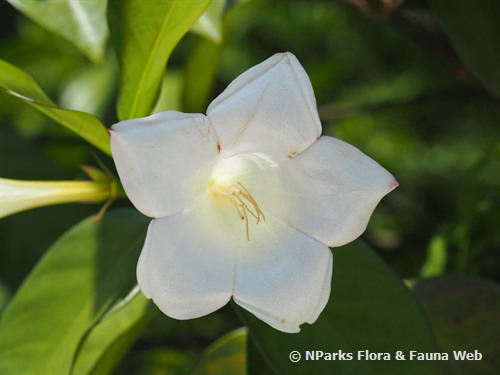
Name
Classifications and Characteristics
| Plant Division | Angiosperms (Flowering Seed Plants) (Dicotyledon) |
|---|---|
| Plant Growth Form | Tree (Shrubby (1m-5m)), Shrub |
| Lifespan (in Singapore) | Perennial |
| Mode of Nutrition | Autotrophic |
Biogeography
| Native Distribution | Cuba, Jamaica and Mexico |
|---|---|
| Native Habitat | Terrestrial |
| Preferred Climate Zone | Tropical |
| Local Conservation Status | Non-native (Horticultural / Cultivated Only) |
Description and Ethnobotany
| Growth Form | A shrub or small tree, slow growing, reaching between 1.5 - 4.5 m. |
|---|---|
| Foliage | Dark green leaves, ovate in shape, measuring about 10 - 16 cm long and 5 - 10 cm wide, petioles flattened. |
| Stems | Stems subterete with somewhat swollen nodes. |
| Flowers | Fragrant large showy white flowers, bell-shaped, measuring about 15 cm long. Young flowers emit a vanilla-like fragrance. |
| Fruit | Fruit is an obovoid woody capsule, measuring about 2.5 cm wide. |
| Habitat | Grows on limestone. |
| Associated Fauna | This plant was observed to have been visited by sunbirds, bees and moths |
| Etymology | Genus Portlandia is named after Margaret Cavendish Bentinck (1715 - 1785), who was a former Duchess of Portland. Species grandiflora means with large flowers. |
Landscaping Features
| Desirable Plant Features | Ornamental Flowers, Fragrant (Flowers) |
|---|---|
| Landscape Uses | Parks & Gardens, Small Gardens, Container Planting |
Plant Care and Propagation
| Light Preference | Full Sun, Semi-Shade |
|---|---|
| Water Preference | Moderate Water |
| Plant Growth Rate | Slow |
| Rootzone Tolerance | Moist Soils, Well-Drained Soils |
| Propagation Method | Seed |
Foliar
| Foliage Retention | Evergreen |
|---|---|
| Mature Foliage Colour(s) | Green |
| Mature Foliage Texture(s) | Leathery |
| Foliar Arrangement Along Stem | Opposite |
| Foliar Attachment to Stem | Petiolate |
| Foliar Shape(s) | Non-Palm Foliage (Elliptical) |
| Foliar Venation | Pinnate / Net |
| Foliar Apex - Tip | Acute |
Floral (Angiosperm)
| Flower & Plant Sexuality | Bisexual Flowers |
| Flower Colour(s) | White |
|---|---|
| Flower Grouping | Solitary |
| Flower Location | Axillary |
| Flower Symmetry | Radial |
Fruit, Seed and Spore
| Seed Quantity Per Fruit | Numerous (>20) |
|---|
Image Repository
Others
| Master ID | 1941 |
|---|---|
| Species ID | 3233 |
| Flora Disclaimer | The information in this website has been compiled from reliable sources, such as reference works on medicinal plants. It is not a substitute for medical advice or treatment and NParks does not purport to provide any medical advice. Readers should always consult his/her physician before using or consuming a plant for medicinal purposes. |

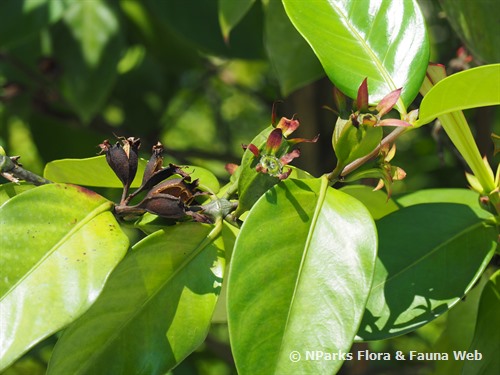
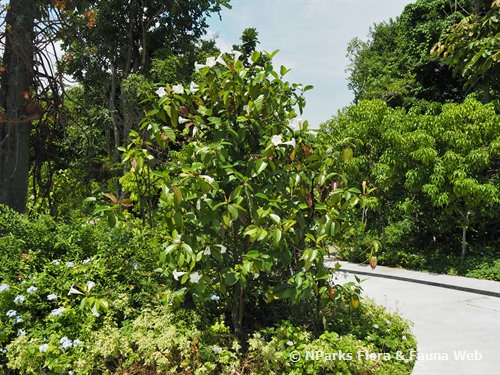
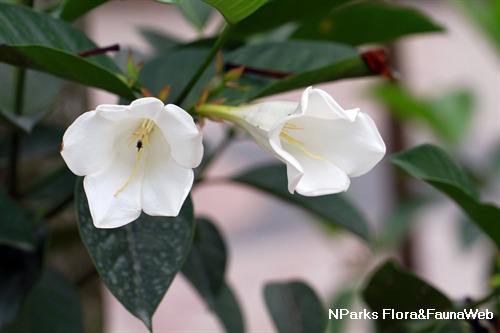
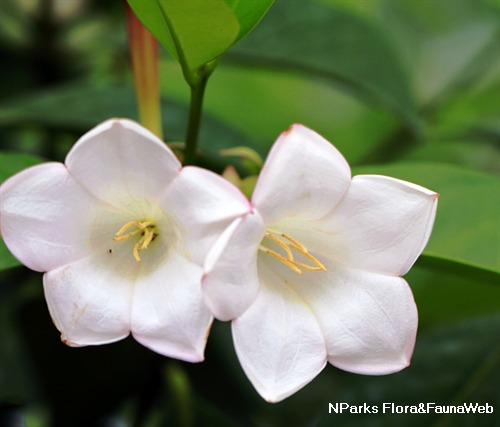
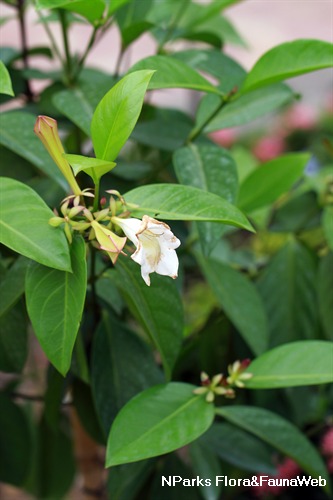
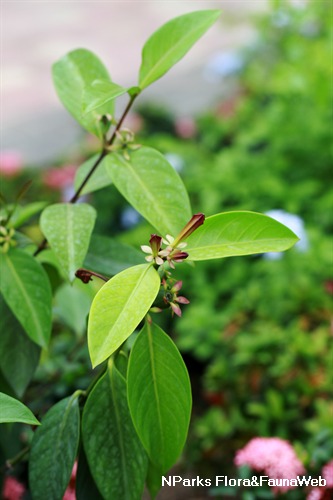
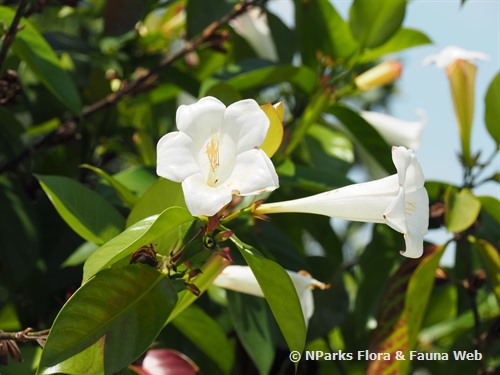
.jpg)